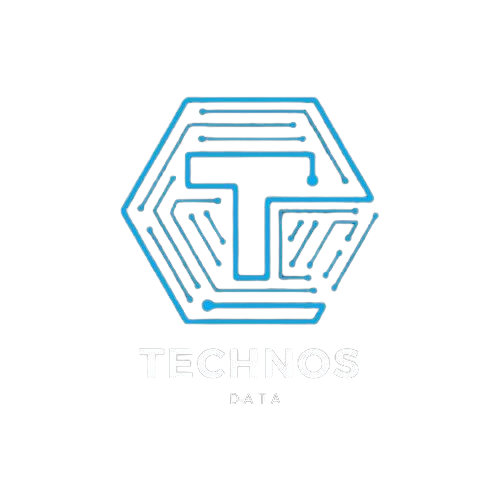Paper grading – a time-consuming task that often keeps teachers up late. Enter Educational AI tools like ChatGPT, promising to revolutionize this process. But is it a magic solution or a recipe for trouble? Let’s delve into the potential of AI-assisted grading and explore its implications for teachers, students, and the future of academic evaluation.
A Helping Hand for Overburdened Teachers
Imagine a teacher drowning in a sea of essays. Grading each one thoroughly requires meticulous attention, taking away valuable time for lesson planning and individualized student support. Teacher support is crucial, and ChatGPT offers a helping hand by:
- Automating Initial Assessment:
The AI can scan essays for grammatical errors, basic structure, and keyword usage, highlighting areas needing improvement. - Providing Feedback Prompts: ChatGPT can suggest comments tailored to specific issues, prompting teachers to elaborate on their insights.
- Reducing Grading Time: By handling initial evaluations, the AI frees up valuable teacher time for in-depth analysis and personalized feedback.
But is AI the Answer to Everything?
While AI-assisted grading sounds promising, it’s essential to acknowledge its limitations:
- Superficial Analysis: AI struggles with the nuances of language, missing deeper aspects of writing like critical thinking and creativity.
- Potential for Bias: AI algorithms can inherit biases from their training data, leading to unfair evaluations for certain writing styles or student groups.
- Over-reliance on Automation: Solely relying on AI might devalue the role of the teacher in providing constructive criticism and fostering a growth mindset in students.
The Human Touch Remains Irreplaceable
Effective teaching goes beyond just correcting grammar and counting keywords. Teachers play a vital role in:
- Guiding Critical Thinking: They can help students develop their analytical skills and form well-supported arguments.
- Nurturing Creativity: Educators encourage students to express themselves in unique ways and explore diverse perspectives.
- Providing Personalized Feedback: Teachers can tailor their comments to address each student’s strengths and weaknesses, fostering individual growth.
The Future of Educational AI: Striking a Balance
ChatGPT presents an interesting opportunity to streamline the grading process, but it shouldn’t replace the irreplaceable role of the teacher. Here’s how to achieve a balanced approach:
- AI as a Tool, Not a Replacement: Utilize AI for preliminary assessments and feedback prompts, but prioritize comprehensive teacher evaluation.
- Focus on Deep Learning: Move beyond basic grammar checks and encourage AI development that considers critical thinking and argument analysis.
- Addressing Bias: Implement measures to ensure AI algorithms are trained on diverse data sets to mitigate bias in evaluations.
Embracing AI While Safeguarding the Human Element
Educational AI tools hold immense potential to assist teachers. However, it’s crucial to remember that AI cannot replicate the human capacity for critical analysis, fostering creativity, and providing personalized guidance. By strategically integrating AI into the grading process while prioritizing an effective teacher-student interaction, we can create a dynamic learning environment that fosters academic excellence and intellectual growth.

